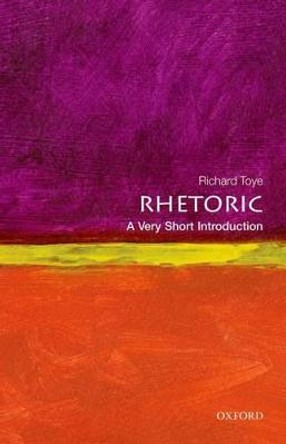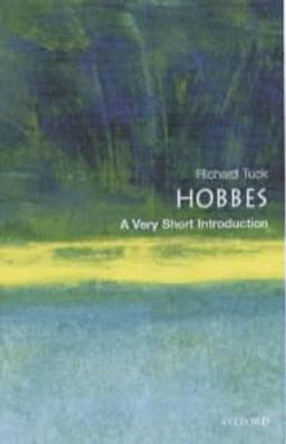How is a subway map different from other maps? What makes a knot knotted? What makes the Moebius strip one-sided? These are questions of topology, the mathematical study of properties preserved by twisting or stretching objects. In the 20th century topology became as broad and fundamental as algebra and geometry, with important implications for science, especially physics. In this Very Short Introduction Richard Earl gives a sense of the more visual elements of topology (looking at surfaces) as well as covering the formal definition of continuity. Considering some of the eye-opening examples that led mathematicians to recognize a need for studying topology, he pays homage to the historical people, problems, and surprises that have propelled the growth of this field. ABOUT THE SERIES: The Very Short Introductions series from Oxford University Press contains hundreds of titles in almost every subject area. These pocket-sized books are the perfect way to get ahead in a new subject quickly. Our expert authors combine facts, analysis, perspective, new ideas, and enthusiasm to make interesting and challenging topics highly readable.
About the AuthorDr Richard Earl is Director of Undergraduate Studies in the Mathematical Institute, Oxford University, and Senior Tutor in Mathematics at Worcester College, Oxford. He has taught topology at undergraduate and graduate level, as well as presenting the topic to secondary school students. He is the author of Towards Higher Mathematics: A Companion (CUP, 2017).
ReviewsThe book is written in an intuitive, informal and motivating style, with emphasis on concepts, ideas, examples and historical comments, and can be recommended as parallel reading for students of a basic course in topology. * Bruno Zimmermann, zbMATH *
Book InformationISBN 9780198832683
Author Richard EarlFormat Paperback
Page Count 176
Imprint Oxford University PressPublisher Oxford University Press
Weight(grams) 130g
Dimensions(mm) 175mm * 112mm * 10mm










